Choosing to make a trip to Sardinia in winter is unusual, but surprisingly authentic. The island, indeed, in this time of the year feels much more familiar and genuine (and cheap!) rather than any other season and you will have the possibility to choose between hot and cold, sea or mountains, appreciating the charm of all its many, beautiful shades.
That's why winter 2026 is the perfect time for curious tourists and visitors to take advantage of the low season and fully enjoy the island in a more intimate and immersive way: cultural events and folk festivals make the winter months a truly activity-packed period.
In this article we'll find out together what to do in Sardinia in winter, a complete guide on the best experiences to try in order to turn your trip into an adventure!

What to do in Sardinia in winter: a trip to discover history, colors and flavors
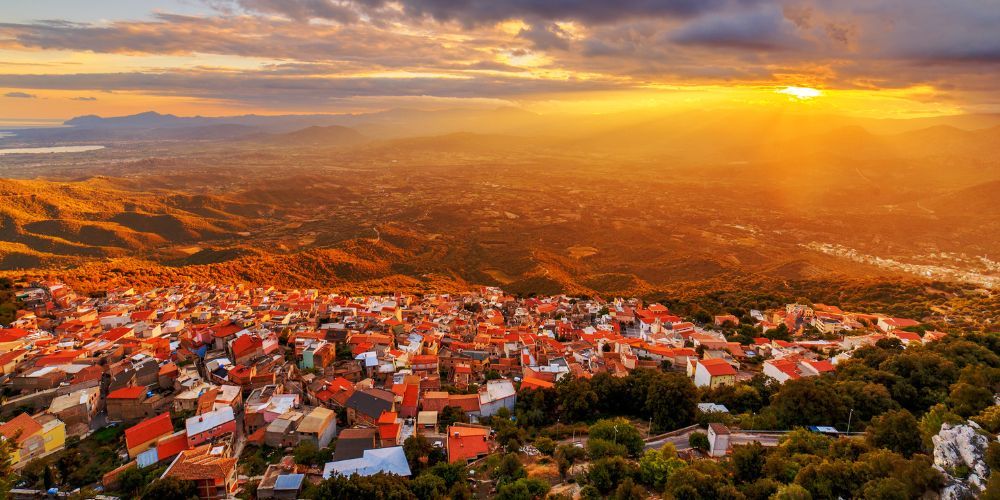
One of the most stimulating reasons to visit Sardinia in winter refers to its favorable climate, where the mitigating action of the sea moderates the summer heat and softens the minimum temperatures, which never fall below zero except at high altitudes, for example on the peaks of Gennargentu.
As a matter of fact, winter in Sardinia is very short and the only really cold months are January and February; inland temperatures can drop a few degrees below zero, but snow only falls on the reliefs. Generally, however, the winter season is rather mild here in Sardinia, with frequent warm currents coming from North Africa that bring the seasonal average temperatures among the highest in Italy.
Even in winter, therefore, you can enjoy the beauty of the beaches and the colors of the Sardinian sea in all their purity, without the crowds of tourists. You can learn about its long history and traditions by visiting the museums, or by participating in the evocative popular festivals typical of these months of the year, like Carnival.
This year, the charm of a thousands-years-old culture awaits you among dances, sacred and profane rituals, sounds and flavors. Are you ready?
Visit the museums of tradition: dresses, masks and folklore
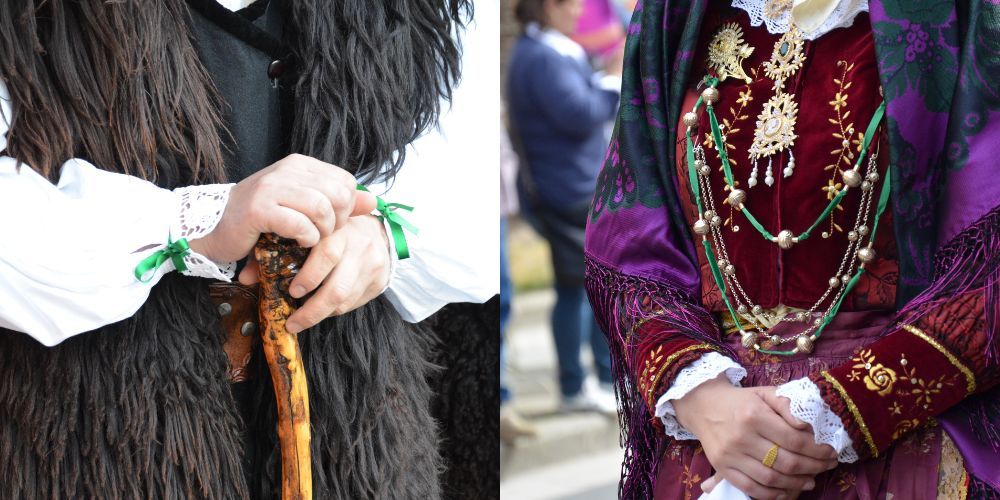
If you want to know Sardinian culture up close, you will find several museums preserving its traditions and passionately telling visitors about them. In Nuoro there's the largest ethnographic museum in the entire region, the Costume Museum. Thanks to special multimedia installations, visitors can immerse themselves in the local customs and traditions, a real museum of Sardinian life and popular traditions which houses ancient tools, musical instruments and handicraft works.
The Museum of Mediterranean Masks in Mamoiada, in the heart of Barbagia, is a unique place where the Carnival traditions of distant lands and cultures intertwine. The protagonists are the characteristic masks of the Mamuthones and Issohadores, distinguished by the colours and the movements during the parade: while Mamuthones proceed silently at a slow and tired pace, Issohadores enliven and give excitement to the celebration with their multicoloured clothes.
The mask of the Mamuthones is made of black wood, while that of the Issohadore is white. Enjoy this evocative and exciting journey through the collection of traditional Sardinian and Mediterranean masks.
Visit the museums of tradition: textile arts and pastoral culture
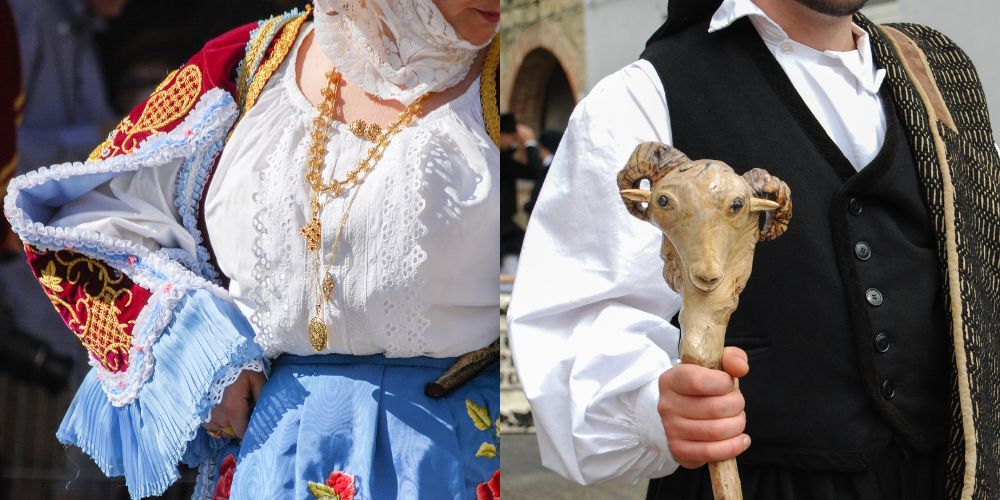
In the centre of Bitti, also in Barbagia, the Museum of Peasant and Pastoral Civilisation also houses the Museum of Canto A Tenore (Tenor Singing), where we will learn about sardinian choral singing acknowledged as a masterpiece of oral heritage by Unesco. An itinerary through Sardinian song and dance universe, a priceless legacy to be preserved and enhanced.
Not to be missed is the Murats too, the Unique Regional Museum of Sardinian Textile Art in Samugheo, in the province of Oristano. This small village preserves and keeps alive the memory of the island's rich textile arts tradition with a spectacular collection of textile artifacts woven for everyday life, from household linens, saddlebags and cloths for the countryside, shepherds clothing and festival costumes, and also old wooden looms and various tools used to weave these masterpieces of craftsmanship.
In Northern Sardinia, precisely in Luras, in Gallura, there is the unique Museum of the Femina Agabbadora that preserves tools and evidence of a controversial figure in Sardinian society up to the dawn of the 20th century. It seems that she was a woman who put an end to the suffering of seriously ill people through a hammer made of olive wood. The Sardinian term agabbadòra means exactly she who puts an end. A visit to the museum is a journey with a mysterious and dark flavor into local customs.
Finally, in many towns in the Campidano area, you will come across highly interesting museums of local tradition capable of narrating and handing down the peculiar characteristics of the history of each village.
Experience the evocative sardinian Carnival
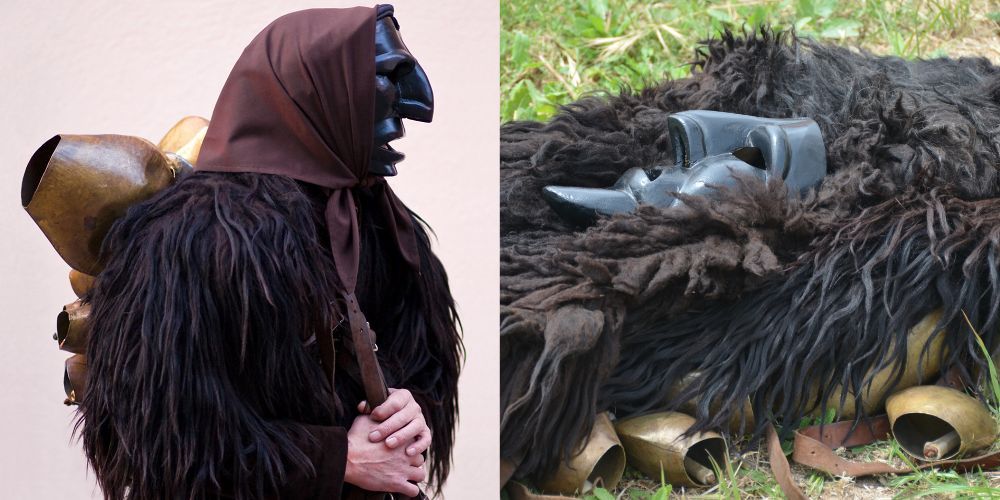
Sardinia in winter reveals its deepest charm in Carnivals and in the island's most ancestral festivals, for a holiday dedicated to folklore and traditions. We should point out that here, in this magical land, there is a specific Carnival for every place as each local community interprets this occasion according to its customs and peculiarities. The parade of traditional masks in Cuglieri, in the province of Oristano, is particularly evocative.
In the small villages of Austis, Lula or Gavoi (all three in the province of Nuoro), the celebrations are accompanied by the rhythmic beat of the tumbarinos, typical drummers. You can enjoy the sardinian delicacies typical of Carnival throughout the island, such as broad beans and lard, fried pastries and excellent wine.
Not to be missed are the Carnivals of Valledoria, Badesi and Tempio Pausania (all three in the province of Sassari), where allegorical floats parade through the town streets amidst succulent specialities to taste. In Oristano you can attend the historic Sartiglia, an equestrian competition within the historic centre with the Race to the Star and Pairs.
Throughout Sardinia, these strange but very peculiar traditional masks symbolise the bonf with pastoral culture in a profound sense of sacredness, belonging and strong identity, an everlasting connection with the traditions of the past.
The magic of Carnival in Sardinia between sacred and profane

In Mamoiada, in the province of Nuoro, Mamuthones are the protagonists of Carnival. Covered in black sheepskins, they wear grotesque-looking black wooden masks. On their shoulders, they carry cowbells, which mark the ancestral dance in which they perform.
Issohadores, on the other hand, wear a red bodice and a white mask, catching the animal masks, but not only...they also catch the spectators with a rope. In Ottana (Nuoro), we find the masks of Boes (oxen), characterised by their long horns, while in Orotelli (Nuoro) we find Thurpos (blind men), dressed and hooded with black orbace coats and their faces covered in bonfire ashes. They represent, respectively, the bond between man and animal and the relation between master and servant.
All Sardinian communities deeply feel inside their own culture these events, which involve both inhabitants and visitors, true rituals that have been repeated and handed down for centuries combining the sacred and the profane in harmony.
Bonfires of Sant’Antonio and the fire rituals
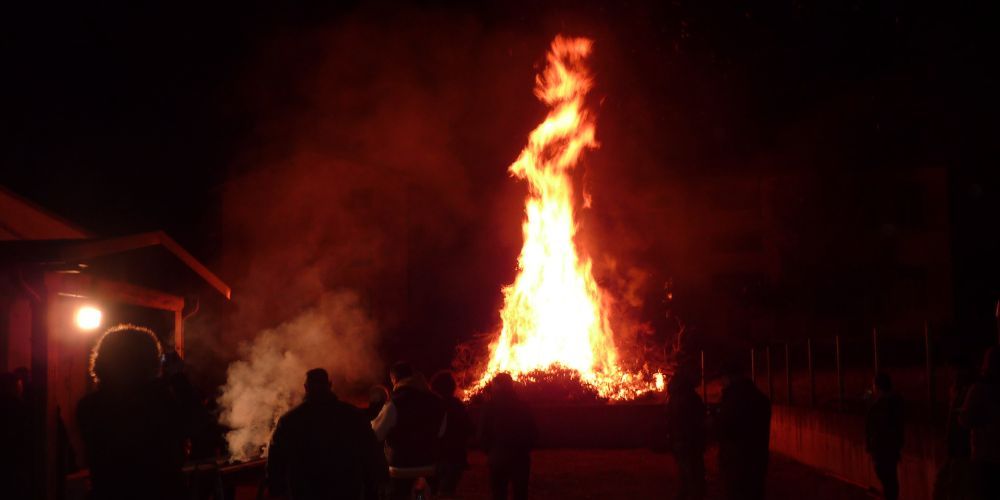
January in Sardinia can be more exciting than you might think. In memory of Saint Anthony, who went to take the sacred fire directly to the underworld (in Sardinian, Sant'Antoni e su fogu), many towns in Sardinia celebrate the night between January 16 and 17 with purifying bonfires.
This religious festival is celebrated in the middle of the carnival period blending together profane, mysticism and magic: a perfect symbiosis between humans and Earth reviving in this ancient fire ritual. Participating in this event is like breathing in a unique and authentic sense of community, typical of all Sardinian towns, with food tastings and games that will enliven this fascinating night even in 2026. To soften the cold inland, you can drink a full-bodied Sardinian wine or the local brandy known as Filu 'e ferru.
And to liven up the atmosphere of St Anthony's night, there is also the appearance of the spectacular Sardinian carnival masks, especially the Barbagia carnival. Popular and ancestral masks (in Mamoiada, Ottana, Orotelli, Orani, Gavoi and Sarule) make this event even more remarkable. This festival, which is very popular throughout the region, is particularly felt in Arbus, Gairo, Laconi, Sadali, Samugheo and Seui, among many other municipalities. Yet another magic of Sardinia in winter.
What to do in Sardinia in winter in 2026: the charm of a wonderful island
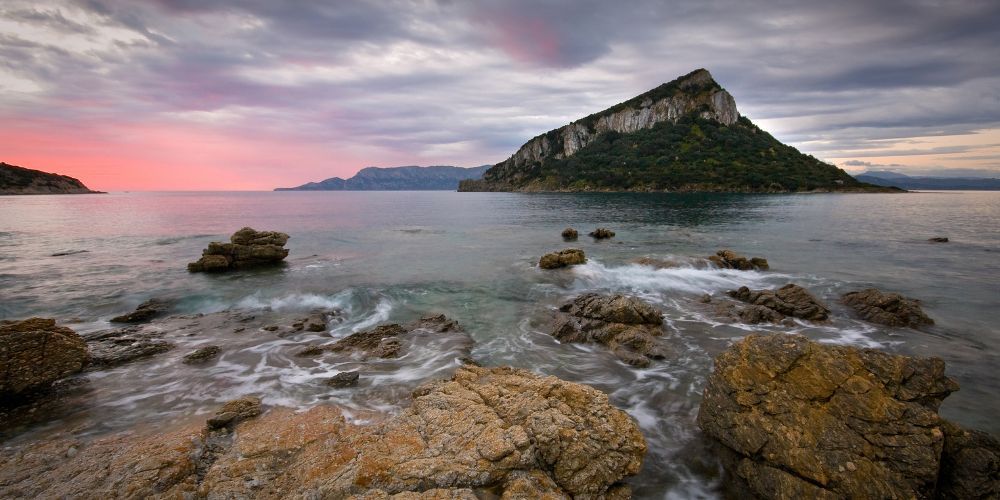
Visiting Sardinia out of season is not a choice dictated by saving money, but by the desire to enjoy more intimately the contact with this beautiful island. Without the crowding typical of the high season, you will indeed have the opportunity to appreciate this genuine land and its profound cultural and historical roots.
With the arrival of winter, Sardinia takes on colours, charms, and atmospheres that feel extremely particular from North to South, with all the traditions and the peculiar local characteristics that distinguish each individual village. This is the ideal period to enjoy a good glass of red wine, such as the excellent Cannonau, accompanied by a superb meat dish, such as the famous porcetto sardo.
In January 2026, for example, Sardinia offers a variety of events and activities to fully enjoy the winter season:
- New Year in Alghero: the city of Alghero celebrates the arrival of the new year with folk and jazz concerts, creating a lively and engaging atmosphere for both residents and visitors.
- Sardinia Rally 2026: Alghero confirms its role as a “winter” hub by hosting one of the stages of the famous rally, offering motorsport enthusiasts an exciting experience on Sardinian roads.
- Winter excursions: for nature lovers, guided tours are available to explore the snow-covered landscapes of Sardinia’s interior.
- Cultural events, such as meetings with authors, book presentations, and activities for both adults and children.
It will be possible to celebrate Christmas on the beach in Cagliari, taste delicious fish dishes at Poetto, or admire the stunning Punta Molentis beach in Villasimius, not far from the Notteri pond, home to a colony of pink flamingos.
Snow lovers will also take advantage of this time of the year and visit the charming snowcapped mountain villages: beautiful places where the air takes on the aroma of the resins of the wood burning in the chimneys of the houses in a timeless atmosphere.
The best of Sardinia in winter between events and folk traditions
🥇 Visit Italy’s brand partnership
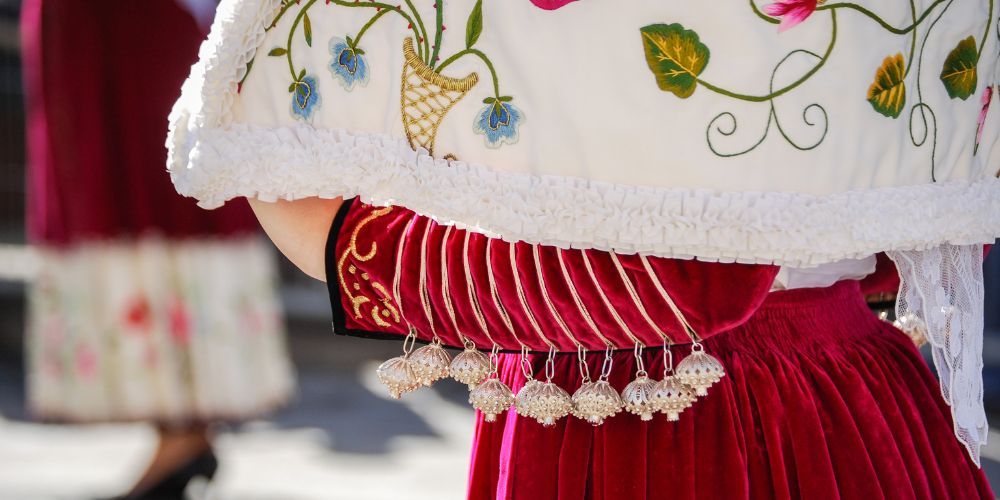
Besides Carnival, there are many other popular events and festivals among the unmissable experiences to enjoy on your winter trip to Sardinia.
Some are related to Christmas, such as the evocative Notte de Chelu which amazes visitors of Berchidda and other beautiful Christmas villages. Some others instead are desgined as celebrations of local products, such as the lively and colorful festivals of Su Trinta e Sant’Andrìa and Ajò a Ippuntare, events that take place between November and December, respectively in Ozieri and Usini, in order to promote wines and the features of the territory. These two events truly opens the winter time in Sardinia.
Such events in Sardinia represent an incredible opportunity for tourists who want to get to know the true identity of this splendid island in a more intimate way, especially in winter, discovering the best of this region's hinterland. For this reason, here are projects like Salude & Trigu, an initiative by the Sassari Chamber of Commerce that promotes traditions, folklore, and culture through a calendar of events in Northern Sardinia, giving value to the most beautiful and warm popular festivities and folk festivals.
Experiencing the charm of Sardinian traditions is the best way to get a real taste of Sardinia, a region that is not just made up of the sea and postcard-like beaches, but of a millenary culture jealously and proudly guarded by a people proud of its past.
An island that turns out to be a mosaic of unspoilt nature, history, art, culture and gastronomic excellence, capable of offering endless possibilities and unique experiences in any season of the year: spring, summer, autumn or even in winter, Sardinia awaits you!
Discover more about Salute & TriguThis land resembles no other place: Sardinia is something else. Enchanting spaces and distances to travel, nothing finished, nothing definitive. It feels like freedom itself
About the author
Written on 10/09/2024

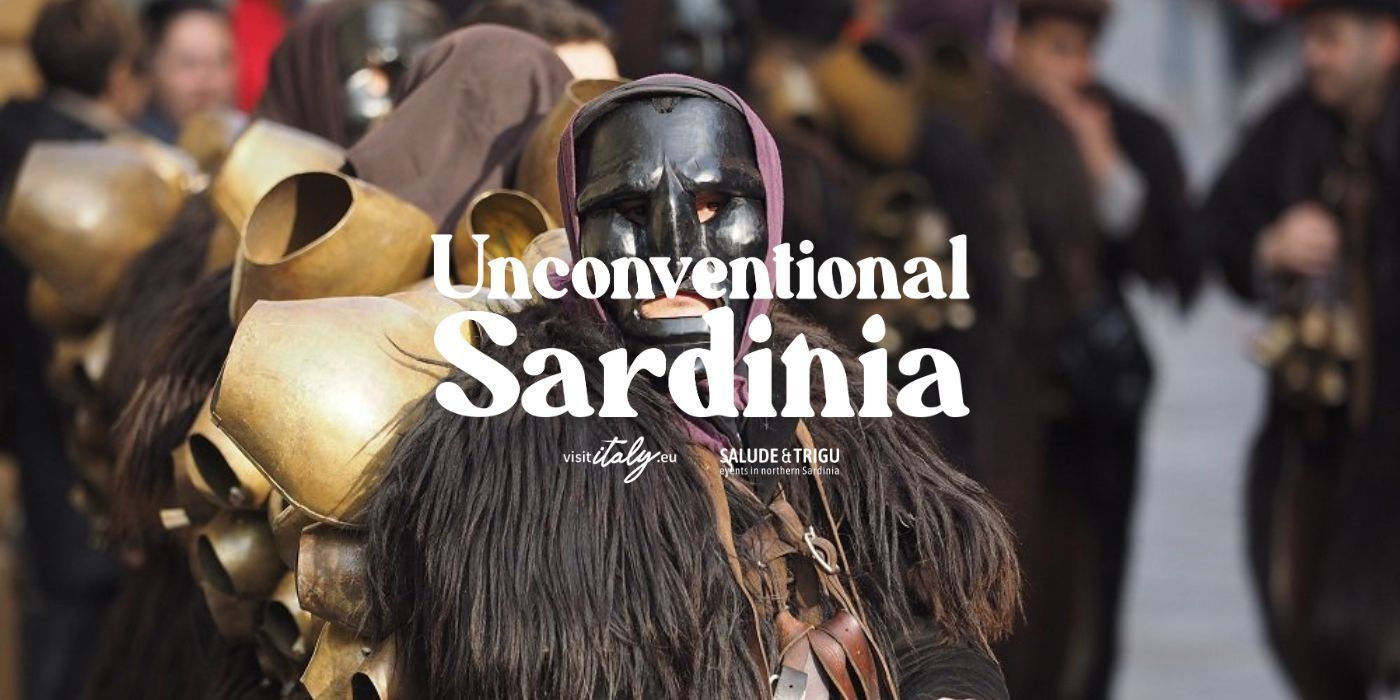

Alessandra Festa
Let’s find out what to do in Sardinia in winter, the most intimate and particular time to visit this magic land through culture, history and folklore.